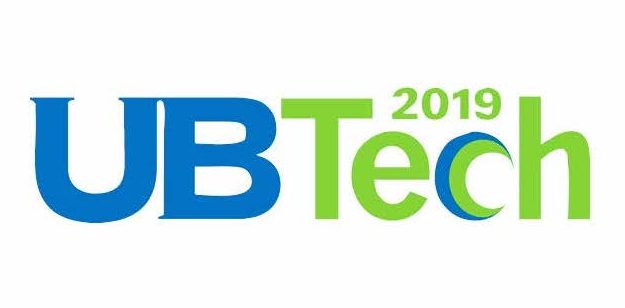
Does your IT service management initiative allow staff and students to report a broken chair or a malfunctioning projector 24/7 and follow a service ticket through to completion? That was the goal for Lone Star College’s centralized online service portal. Combining IT service for each of the Texas community college system’s six main campuses, plus satellite and university center locations, the system eliminates silos for its more than 90,000 students and 7,000 employees.
The portal has quickly grown beyond IT. “Everyone has a service,” says Maria Croft, director of the Lone Star College Service Center and presenter of “The One-Stop Shop: Service Center Depot” session at UB Tech®, to be held June 10-12 in Orlando.
Once other campus departments saw the benefits of IT service management—reducing turnaround times and thereby the cost per contact hour—they began partnering with IT. Legal wanted to keep tabs on where contracts were in the administrative process, for example, and ended up eliminating bottlenecks, Croft says. Human resources, analytics, grants, financial aid, veterans affairs, web services, and governance and compliance departments also joined. In addition to responding to service questions, departments have been able to determine when peak periods are and can staff up (or down) accordingly. “For IT, we know when we have registration, those are some of our peak seasons,” Croft notes.
The most common service requests are password resets and benefits changes. “These questions are answered more quickly now,” Croft says. Staffers no longer have to wait for someone to get back from vacation to get answers to benefits questions.
The biggest challenge is keeping up with demand from other departments interested in coming on board, says Croft.
But before they do, she says, they must have workflow processes in place to keep the service running smoothly.
“The tool is there, but it won’t work if you don’t map out your process first,” Croft says.
“We have a discovery meeting to find out what a department is doing—what your process is and what your end goal is. Do you have an approval process? Do you need to submit attachments?” Also important: pulling together how-to documentation, such as telephone or email setup.
Continuous improvement efforts are key to success. “We are constantly ensuring that the information we’re providing is up to date,” Croft says. “We’re never done.”
 What’s next? “We’re exploring machine learning and artificial intelligence,” Croft says. This could allow the center’s IT service management tool from ServiceNow to be set up to answer basic questions without human interaction.
What’s next? “We’re exploring machine learning and artificial intelligence,” Croft says. This could allow the center’s IT service management tool from ServiceNow to be set up to answer basic questions without human interaction.
For more information about UB Tech® 2019, visit www.ubtechconference.com.

